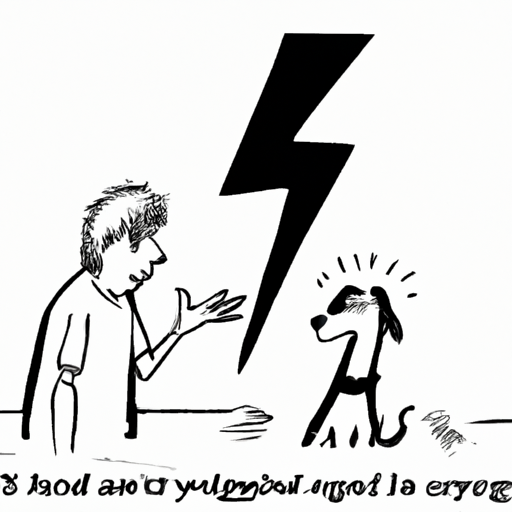Seizures can be a terrifying experience for dogs and their caregivers alike. Understanding the causes can help you to better support your furry friend through these challenging times. Here, we’ll explore the potential triggers behind these neurological incidents in our four-legged friends.
1. Understanding Seizures
Seizures are essentially abnormal, uncontrolled bursts of electrical activity in your dog’s brain. They can be distressing to witness, but it’s important to remember that they’re usually more frightening for us than they are harmful to our dogs.
Seizures can manifest in several ways:
- Generalized seizures: These affect all parts of the brain and are characterized by symptoms on both sides of the body, usually with loss of consciousness.
- Focal seizures: These are localized to one part of the brain and may affect a specific area of the body. Consciousness may or may not be impaired.
- Psychomotor seizures: These are characterized by bizarre behavior, such as biting at non-existent flies or extreme aggression.
2. Common Causes of Seizures in Dogs
There are several reasons why dogs might have seizures. Some of the most common causes include:
- Epilepsy: This is a chronic condition that causes recurrent seizures. It’s often hereditary and can affect any breed, but it’s more common in certain breeds such as the Beagle, Labrador Retriever, and Belgian Tervuren.
- Toxins: Various poisons, such as antifreeze, chocolate, or certain plants, can cause seizures in dogs.
- Metabolic Issues: Conditions such as liver disease, low or high blood sugar, kidney disease, or electrolyte problems can cause seizures.
- Brain Tumors: These can cause seizures, particularly in older dogs.
3. Risk Factors and Prevention
Certain factors can increase a dog’s risk of having seizures. Here are a few:
- Breed: Some breeds are more susceptible to seizures than others.
- Age: Epilepsy is often diagnosed in dogs between 1 and 6 years old.
- Gender: Male dogs are slightly more likely to have epilepsy than female dogs.
Prevention may not always be possible, but there are steps you can take to minimize your dog’s risk:
- Keep your home free of potential toxins.
- Regular veterinary check-ups can help identify and address health issues early.
4. How to Respond When Your Dog Has a Seizure
When your dog has a seizure, it’s crucial to stay calm. Here are some steps you should take:
- Keep Away: Don’t put your hand in your dog’s mouth. They will not swallow their tongue during a seizure.
- Time It: Keep track of how long the seizure lasts.
- Comfort Them: Speak softly and comfortingly to your dog.
- Contact a Vet: Once the seizure has passed, contact your vet.
5. FAQs
Q: Are all seizures in dogs caused by epilepsy?
No, seizures can be caused by a variety of factors.
Q: How are seizures in dogs treated?
Treatment varies based on the cause, but may include medication, dietary changes, or in some cases, surgery.
Q: Can a dog die from a seizure?
While it’s rare, prolonged seizures (over 5 minutes) can be life-threatening and require immediate veterinary attention.
Q: Can a dog live a normal life with seizures?
Yes, with proper management and care, a dog with seizures can live a happy, healthy life.
Remember, while this guide provides a general overview, every dog is unique, and their experiences with seizures can vary widely. Always consult with a trusted vet if your dog has a seizure.



